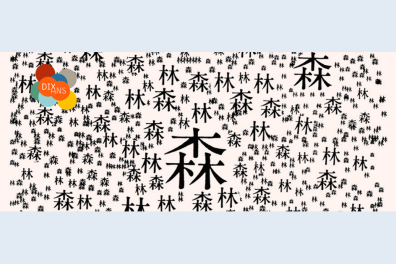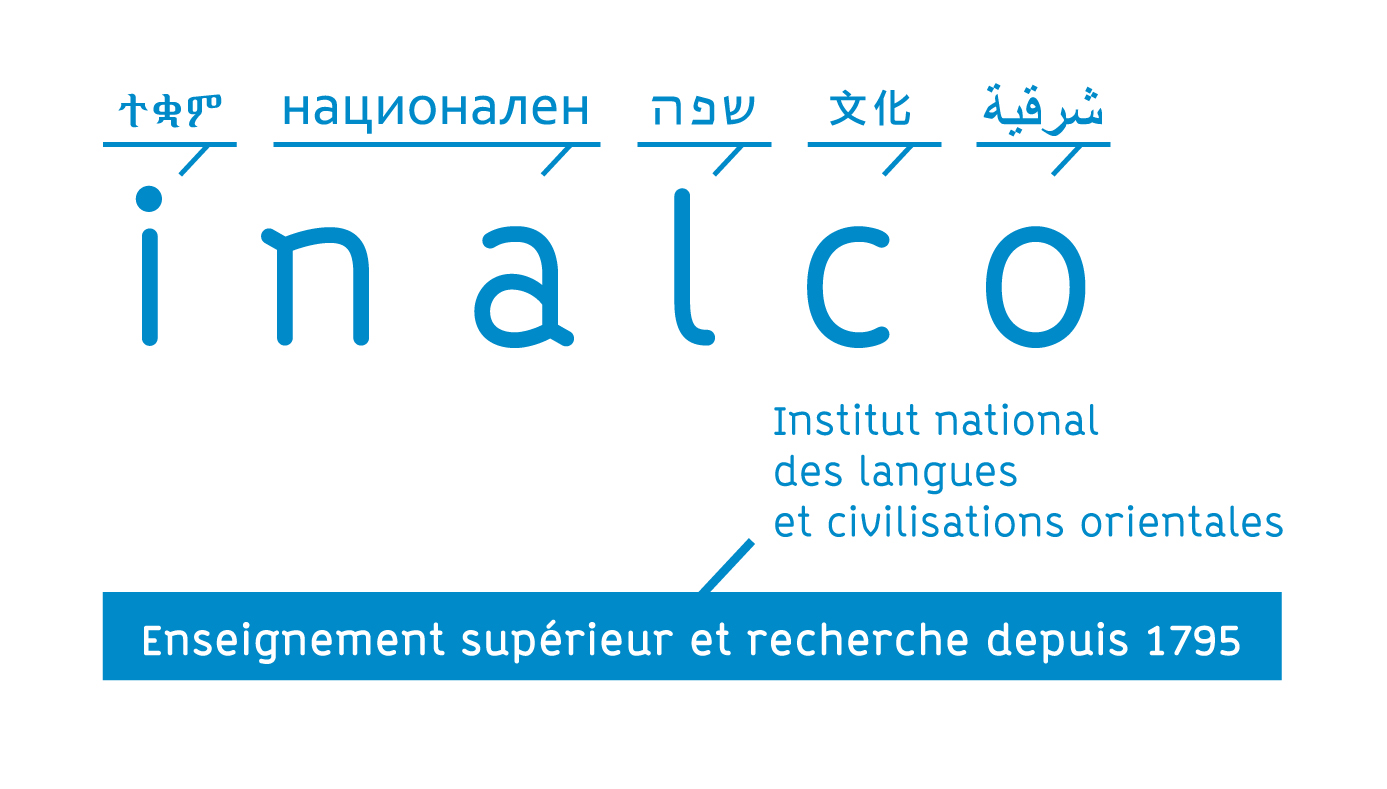10th anniversary of PLC - "Japanese writing: designing typefaces" exhibition, from October 26, 2021 to February 8, 2022

Exhibition extended to February 8, 2022
As of January 3, the exhibition is enriched by a bonus in the garden-floor showcases: in a nod to André Baldinger's exhibition, BULAC retraces typographic research on European sinologists and japonologists from previous centuries. Videos of the study days will soon be available online on the Inalco YouTube channel.
Japanese scripts: designing typographic typefaces. History, origins and developments
日本の文字・書体を創作する
歴史、起源、発展
Exhibition in connection with les deux journées d'études éponymes organized on October 27 and 28 in the auditorium of the Pôle des langues et civilisations.
From October 26, 2021 to February 8, 2022
Galerie de l'auditorium et salle de lecture de la BULAC (rez-de-chaussée)
Pôle des langues et civilisations - 65, rue des Grands Moulins - 75013 Paris
Free admission, guided tour upon registration.
Exhibition curator: André Baldinger
Study day scientific curators: André Baldinger and Émilie Rigaud
Language and writing are among the most distinctive elements of every culture. Their transformations, developments and adaptations tell the story of our origins and historical heritage. Each alphabet has its own system and formal repertoire. Japanese incorporates no less than four distinctive scripts: kanji, hiragana, katakana and Latin. It is written vertically, from right to left, or horizontally, from left to right.
With the kanji that come from China, Japanese incorporates into its system signs from the oldest script, 4,000 years old, still in use and constantly expanding. Every year, new kanji are created.
The katakana are used for words, names and expressions that are external to Japanese culture. Gradually, Latin was also added for words foreign to Japanese. As for hiragana, it is used in particular for verbs, adjectives and proper nouns.
The whole makes up an exceptionally tolerant writing system, and one of the most enigmatic.
Via André Baldinger's BLine Japanese-Latin project, the exhibition penetrates the universe of these two scripts, their formal repertoires and their respective histories. It bears witness to a working process and the challenge of designing a set of Japanese-Latin characters for a horizontal, bilingual composition. This artistic project was supported by the CNAP and a research residency at the Villa Kujoyama in Kyoto (JP).
Parallel to the world of typefaces and signs, visitors are offered a rich selection of Japanese posters from 1960 to the present day - a period of abundant creativity, as in the invention of typefaces.
Guided tours of the exhibition
Two guided tours are offered on November 24 and December 15 at 5:30pm, in the company of exhibition curator André Baldinger.
An event co-organized by Inalco and BULAC, in partnership with the Maison de la culture du Japon à Paris.


